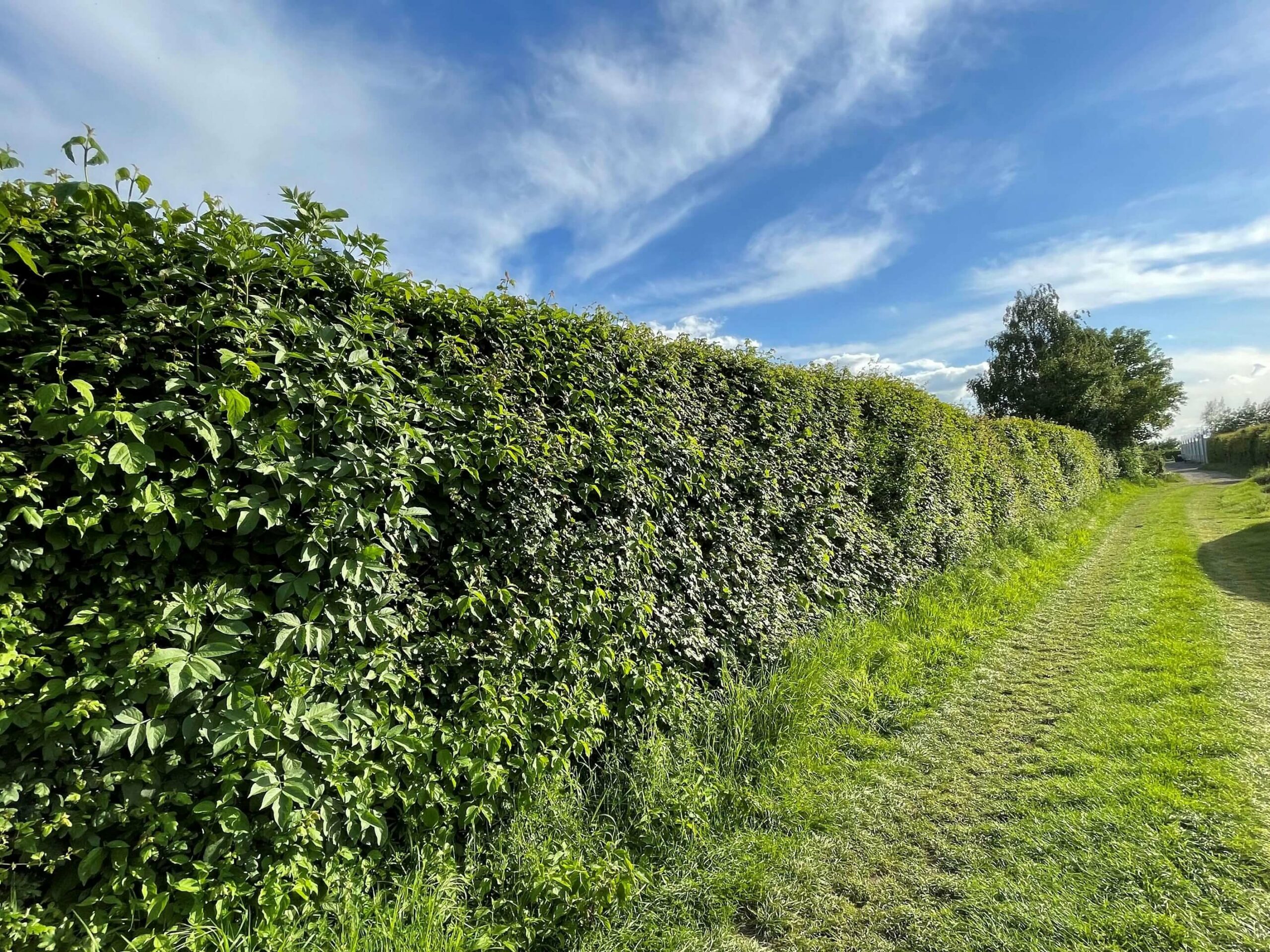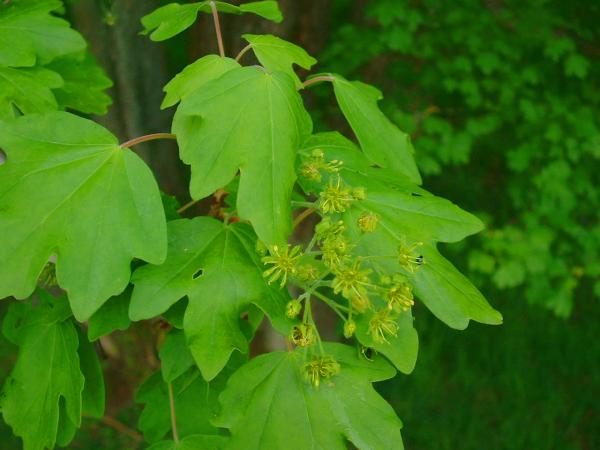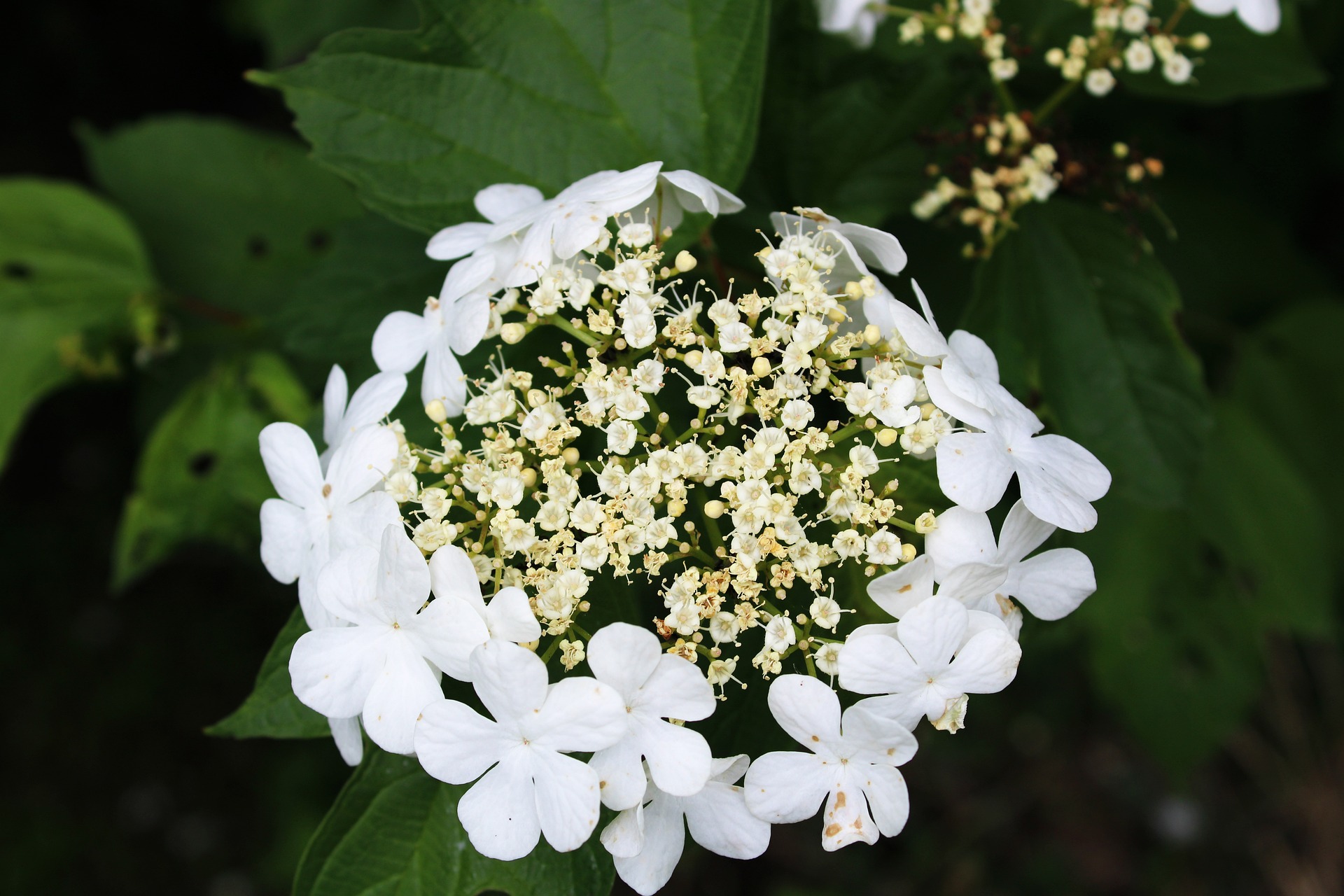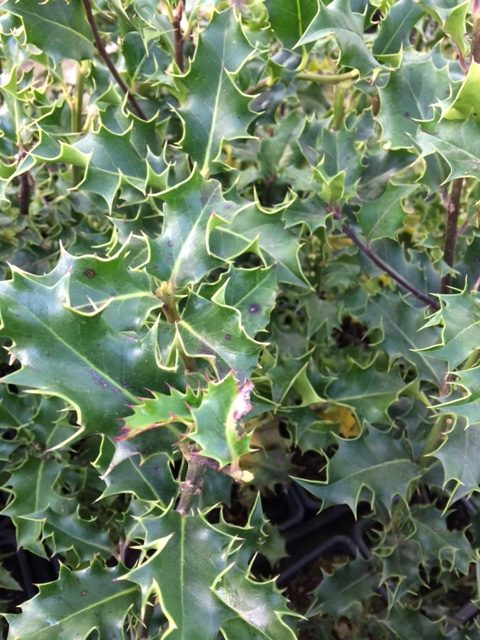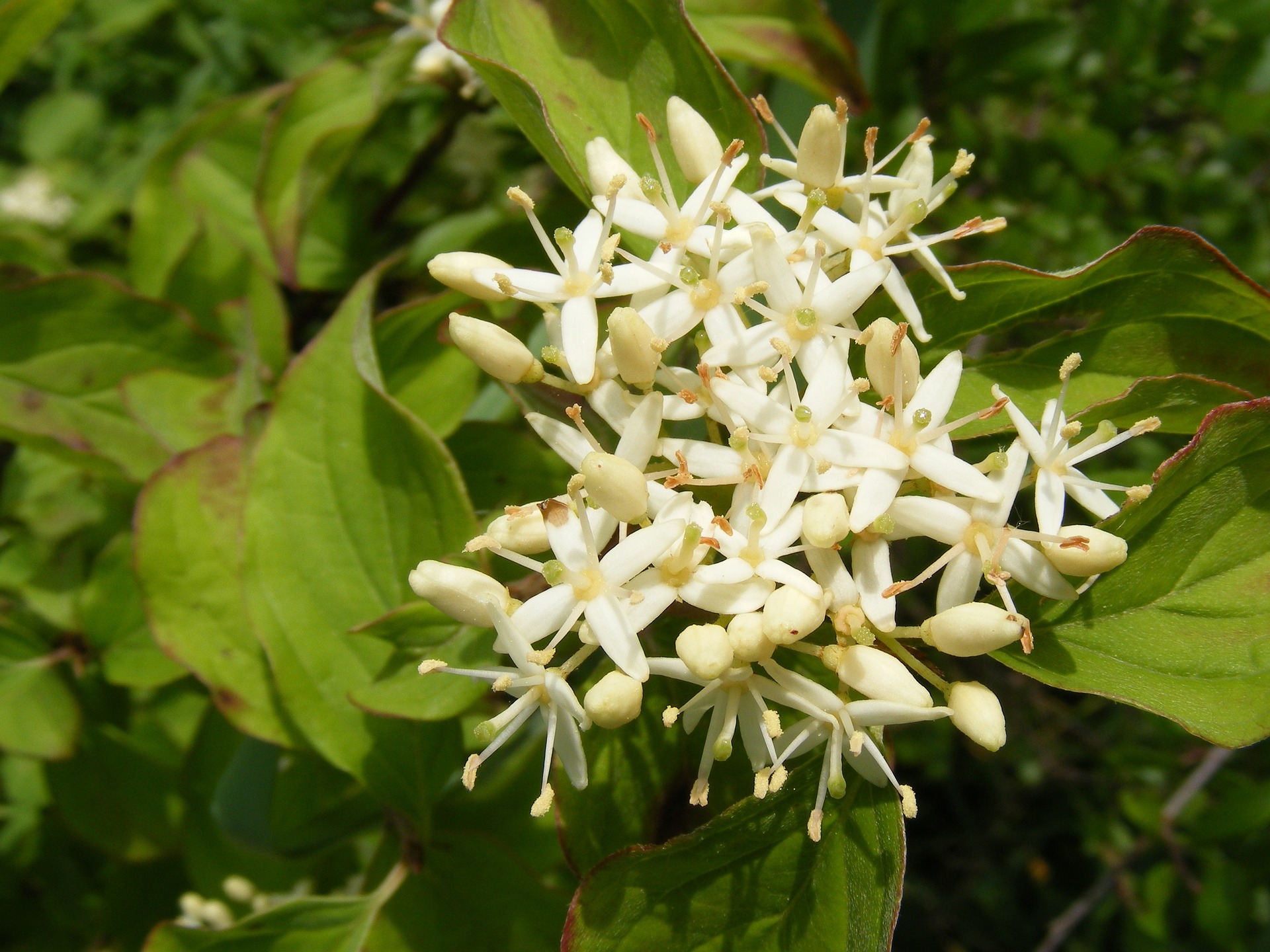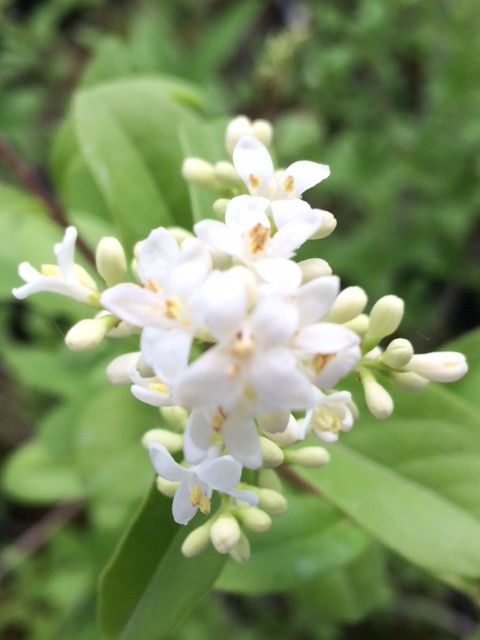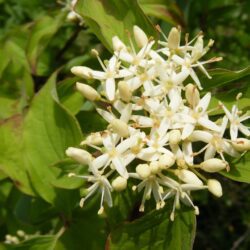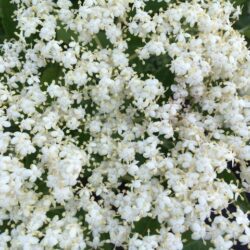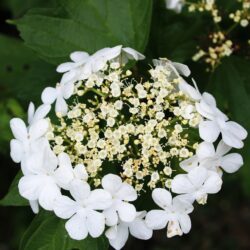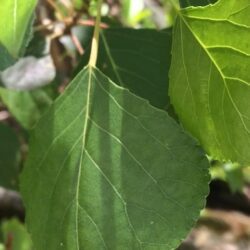| Name | Latin Name | Quantity | Flowers | Type | |
|---|---|---|---|---|---|
| Hawthorn | Crataegus monogyna | 76% | March, April, May | Perennial | |
| Field Maple | Acer campestre | 14% | May | Perennial | |
| Guelder Rose | Viburnum opulus | 2% | May, June, July, August, September | Perennial | |
| Common Holly | Ilex aquifolium | 2% | May, June, July | Perennial | |
| Dog Rose | Rosa canina | 2% | June, July | Perennial | |
| Dogwood | Cornus sanguinea | 2% | May, June | Perennial | |
| Wild Privet | Ligustrum vulgare | 2% | June, July, August | Perennial |
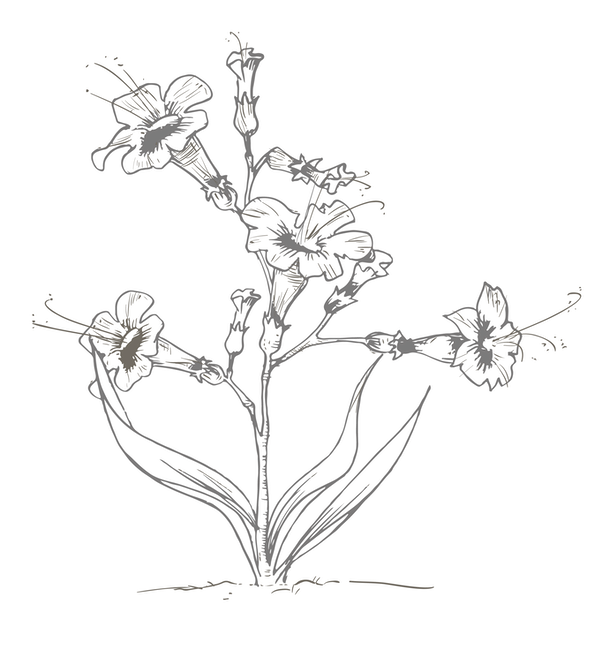
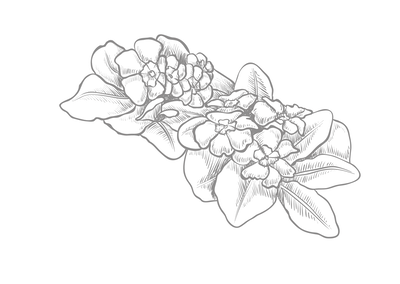
Hedging Collection A Wildlife Garden
Hedging
Bareroot hedging plants generally 60 – 80cm in height, delivered late November till march.
If Some Species Become unavailable we will swapped out for another appropriate species
Allow 4 plants per metre if planting a single row and 6 plants per metre for a double (staggered) row.
Out of stock
Common Name(s): Hedging Collection A Wildlife Garden
Plant Type: Perennial
Habitat: Full Shade, Part Shade
Description
Wildlife Garden Collection
This mix of hedging was suggested by Chris Baines in his Wildlife Garden Book.
Includes:
76% Hawthorn
14% Field Maple
2% Guelder Rose
2% Wild Privet
2% Holly
2% Dog Rose
2% Dogwood
All the components of a wildlife hedge can be chopped back in the winter (or coppiced). This is recommended every 2nd or 3rd year, not every year. This will allow the hedge to realise full potential and provide an abundance of fresh leaf colour and form in early spring flowers, berries etc in summer and autumn leaf colour. It will be a haven for wildlife.
If Some Species Become unavailable we will swapped out for another appropriate species
Additional information
| Option | |
|---|---|
| Plant Type | |
| Habitat |

